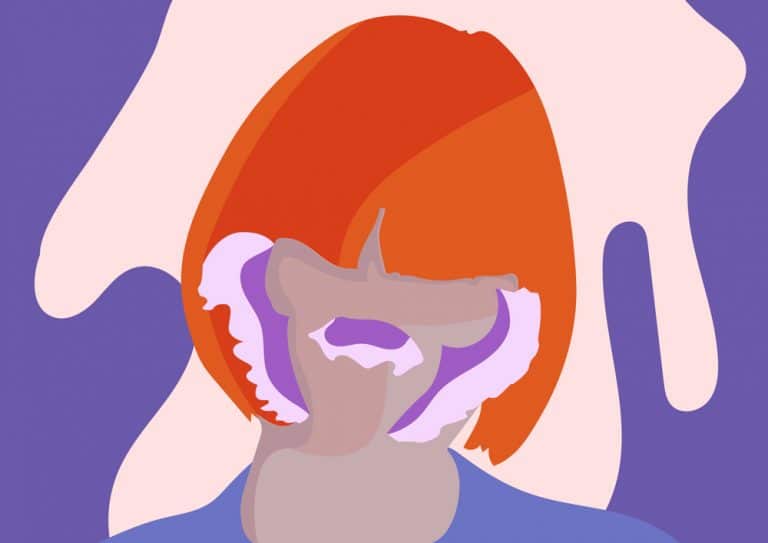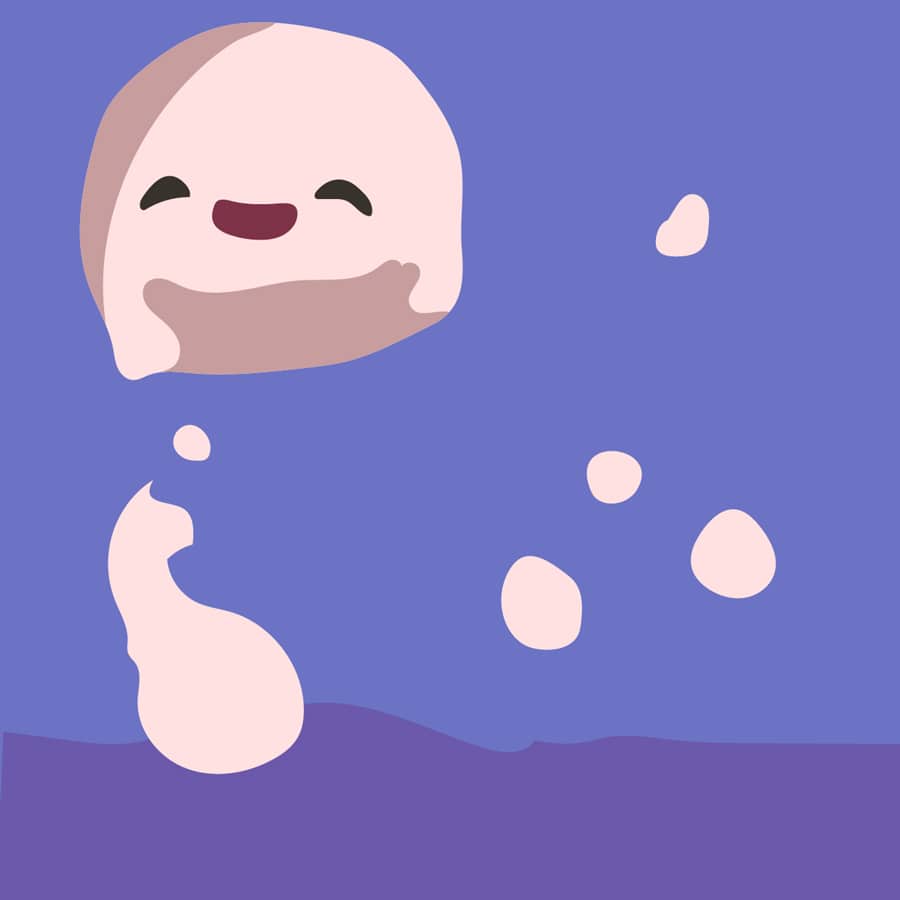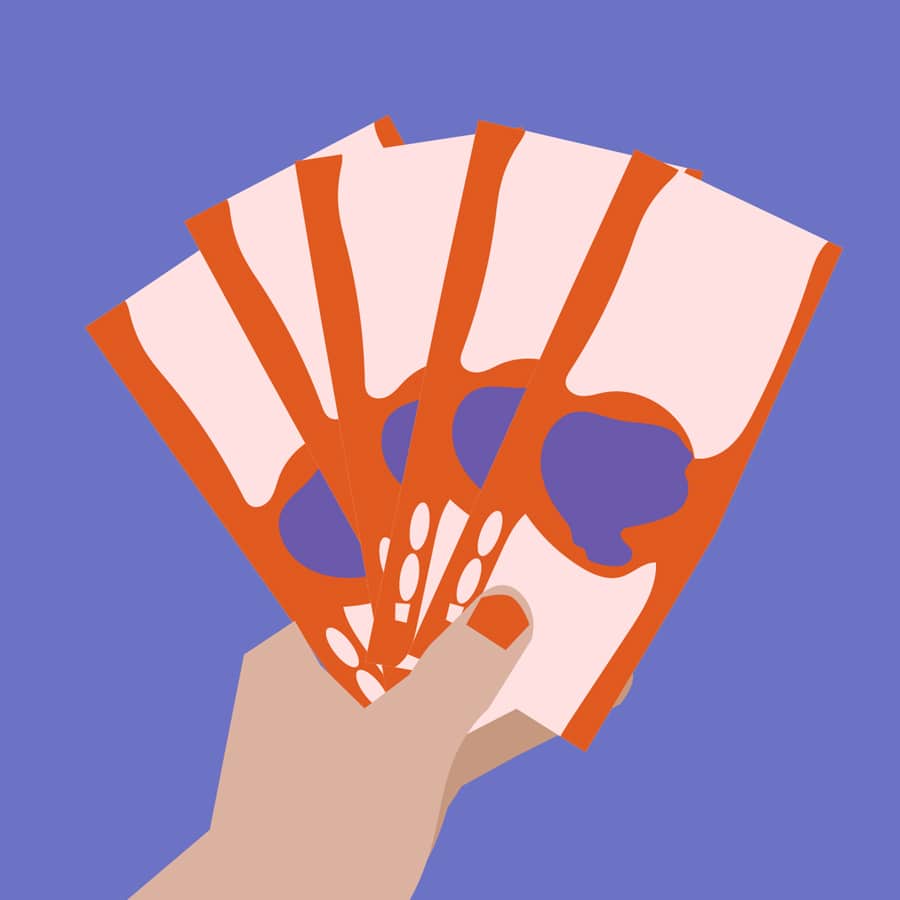New gen bosses: Ines Alpha, the 3D artist creating digital universes never explored before

New gen bosses is a new series created to guide and inspire more people to go out there on their own, either as new business founders or freelancers. And what better way to do that than to ask the ones that already succeed at it? We want to know about big fuck-ups and even bigger successes, and the risky decisions they had to make along the way. We want to be the last little push you needed.
Job title: Digital artist, 3D makeup artist
Industry: Art
Company founder or freelancer: Freelancer
How long have you been doing it: 3D makeup for 3 years and digital art for 6 years
Age: 34
Location: Paris
What pushed you to start on your own?
I was working in an advertising company, and I had been working there for 7 years. I was already experimenting with 3D at that time, working on HD cosmetics still lives at work, and video clips with Panteros666 at home. I quickly felt a knack for it. I’ve always dreamt of finding something very special to make and share to the world, finding my art, the way I wanted to express myself, my vocabulary.
My fascination for 3D growing bigger and bigger, I later on found my own self defining way, uniting two of my favourite things in this world: makeup and 3D. Adding 3D elements on people’s faces, I accidentally created makeup from the future. I never thought I could earn a living from doing what I love. I started doing 3D makeup experimentation while I was still in the advertising company. My community on Instagram grew, and I started getting interviewed by magazines and I got commissioned for works. I felt the urge to take a risk, I had to try being independent and sell my art. So I quit the ad company and went freelance.
What was the very first thing you needed to do to set everything up?
I think the first thing I needed was time. Developing ideas and 3D files is enormously time-consuming. Luckily in France, we have a good unemployment benefit and you also get credit for education. It helped me a great deal to focus on my things only, learn new skills, practice a lot, push my aesthetic and my statement further, as well as what I wanted to say and share to the world with my art. To fully support myself financially I also did freelance stuff during my free time.
What was the riskiest decision you had to take?
Quit my job for sure! Take the risk of not earning your living every month. That’s the scariest thing, you have no security anymore, no parachute. If you fall, you crash.
What was a skill you didn’t foresee needing that you had to learn?
When you go freelance you have to become several persons in one, you have to learn many different jobs. In addition to your creative knowledge, all the software you have to learn depending on what you want to do—and that’s a lot of them (photo retouching, video, editing, 3D modelling, sculpting, augmented reality now…)—you also have to learn skills you would not really need in a company: marketing to sell your stuff, producer to manage your projects, accountant for your income, search and boost business for your company. That’s a lot to handle!

At what moment did you realise that this was going to work out?
When I got my first paid job for a famous brand. It was when Nike asked me to collaborate that I thought “ok, I haven’t done all that for nothing.” But you’re never really sure how long it’s going to work out for.
What did you spend your money on?
Software, hardware. A better computer, a kick-ass graphics card!
What was your biggest fuck up?
I think I fucked up negotiating some of my first fees and copyrights. It’s hard to know how much you’re worth and how to protect your art when you start. It’s still very hard for me after 3 years working independently. So you ask for a low fee because you think you don’t deserve being paid and then you have to work your ass off for days or weeks because you still want to do a great job!
I always try to think of it as a lesson to be learned.
What was your biggest success?
There have been a few but among them, my last brand collaboration with Dior is definitely a huge accomplishment! Since I’ve started working in advertising, working with Dior was a goal for me. I’m even prouder I could work with them thanks to my art!

What do you know now that you didn’t know then?
I think it brought me to realise that I have something personal and artistic to share. I’ve always struggled to find my way. I never thought I would and that made me lose a lot of confidence. While I was working in the advertising company, I met the music producer Panteros666, who believed in me and in my power of creation. He really pushed me to go out there. I’m very thankful for him.
What are three tips you would give someone who wants to start on their own?
One: Take the risk to do what you love fully, find your own brand, no matter what people say of it.
When I started, a lot of people said what I did was weird, they did not get it. They thought it was useless. It’s easy to say now for me and I would have hated this advice back then but you have to trust your instinct!
Two: Get paid. You work hard. You’re worth a good fee. Never work for free, even if your work is what you like to do the most in your life.
Three: Be endurant and pugnacious.
Want to discuss taking the leap with other new gens? You’re in luck! We’ve created New Gen Bosses, a Facebook group to continue and expand the conversation started through this new series.




